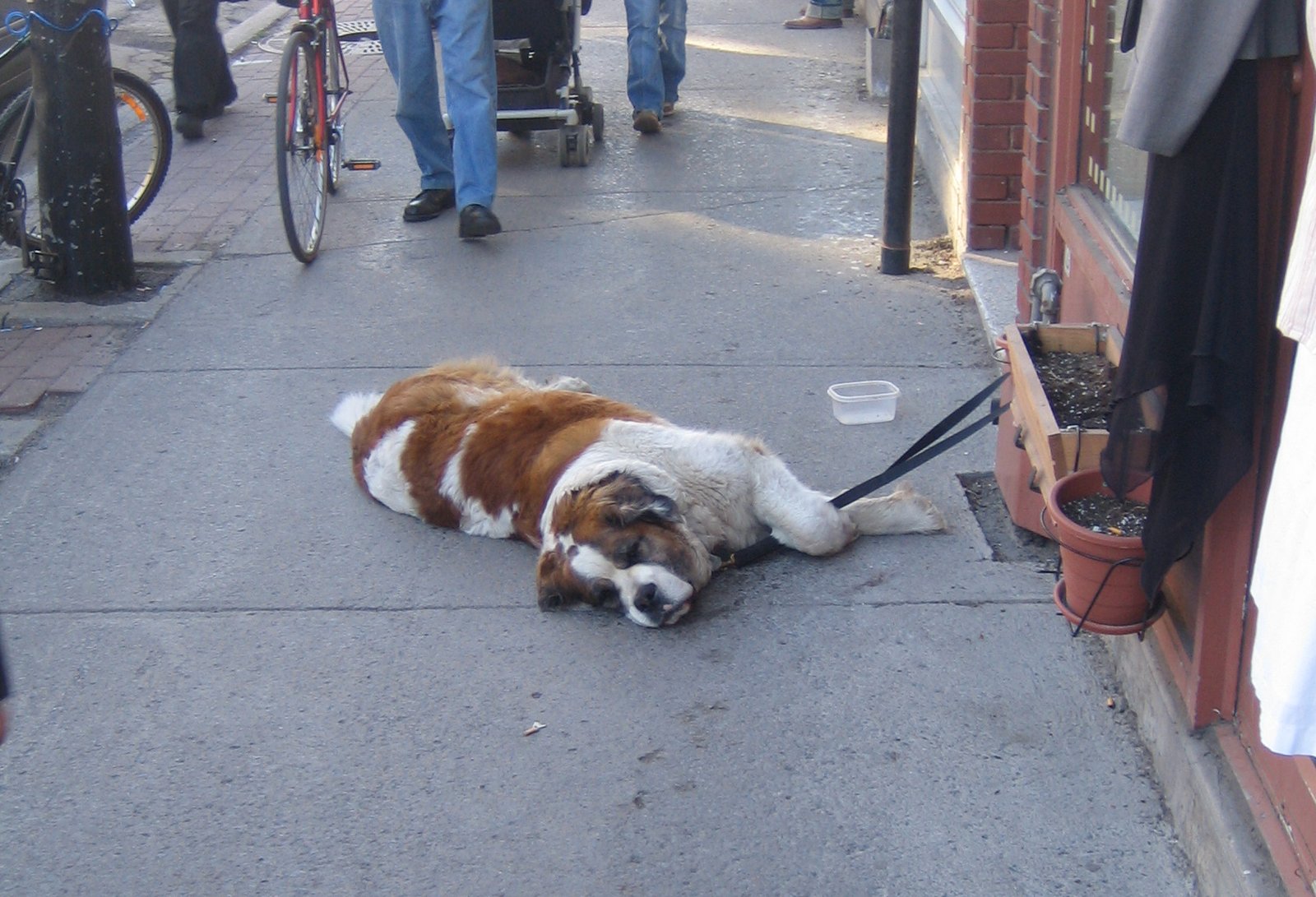For many people, the idea of having a big dog brings to mind images of a powerful protector, ready to ward off any potential intruders. However, not all large dog breeds fit this stereotype. While they might have an intimidating presence, some large breeds are more likely to greet strangers with a wagging tail than a warning bark. These gentle giants often prioritize affection over aggression, making them better cuddle buddies than guard dogs. Understanding their temperament can help you choose the right fit for your home’s needs. If you’re searching for the perfect guard dog, it’s important to know which breeds might not fit the bill.
1. Newfoundland
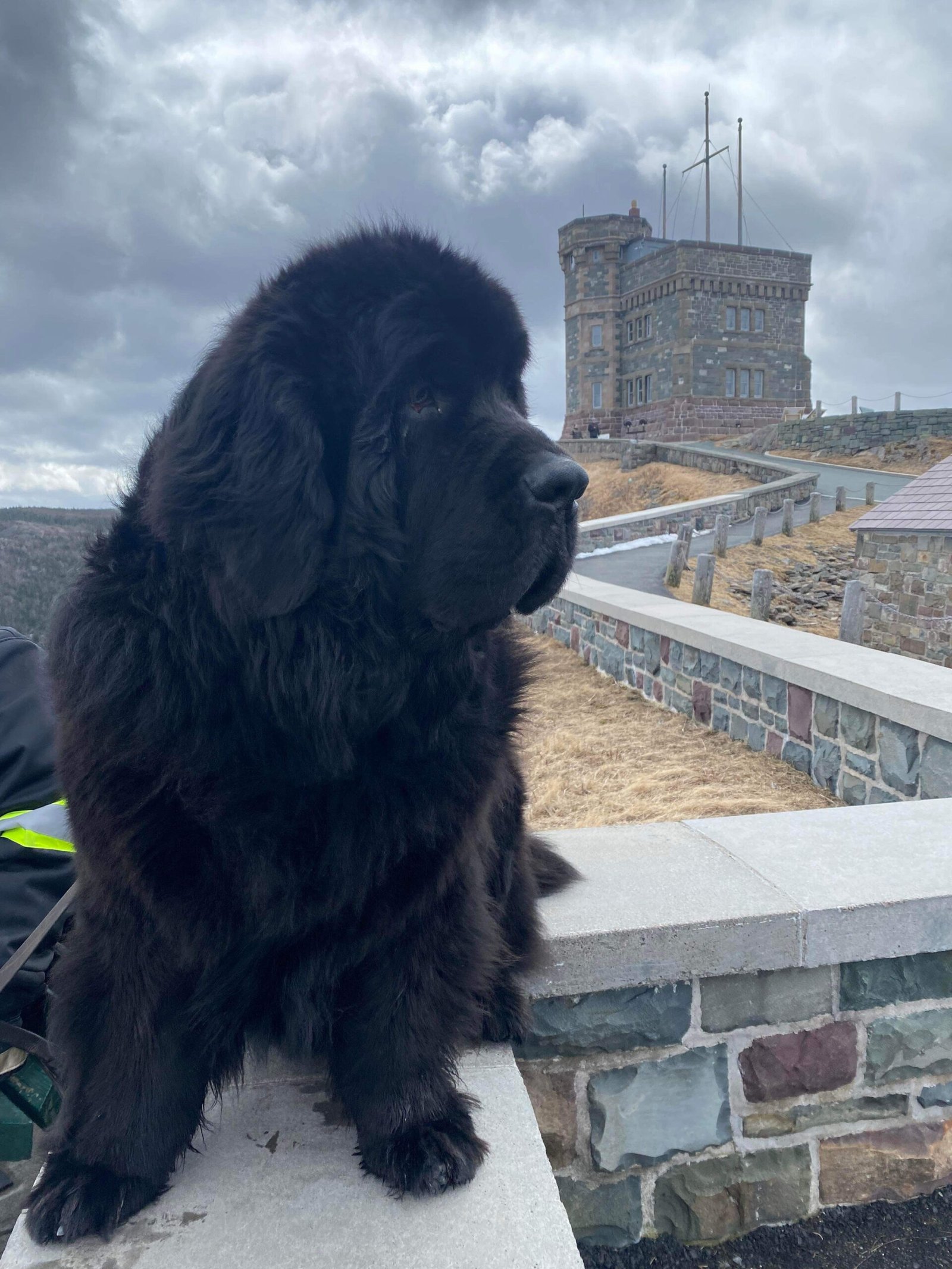
Newfoundlands are often referred to as “gentle giants,” and for a good reason. Their massive size might suggest ferocity, but they are renowned for their sweet and gentle nature. Originally bred to assist fishermen, they are more likely to rescue someone in distress than scare them away. Their temperament is calm and patient, making them excellent family dogs but not ideal for guarding. If you’re looking for a dog that will intimidate strangers, the Newfoundland’s friendly demeanor might not meet your expectations.
2. Saint Bernard
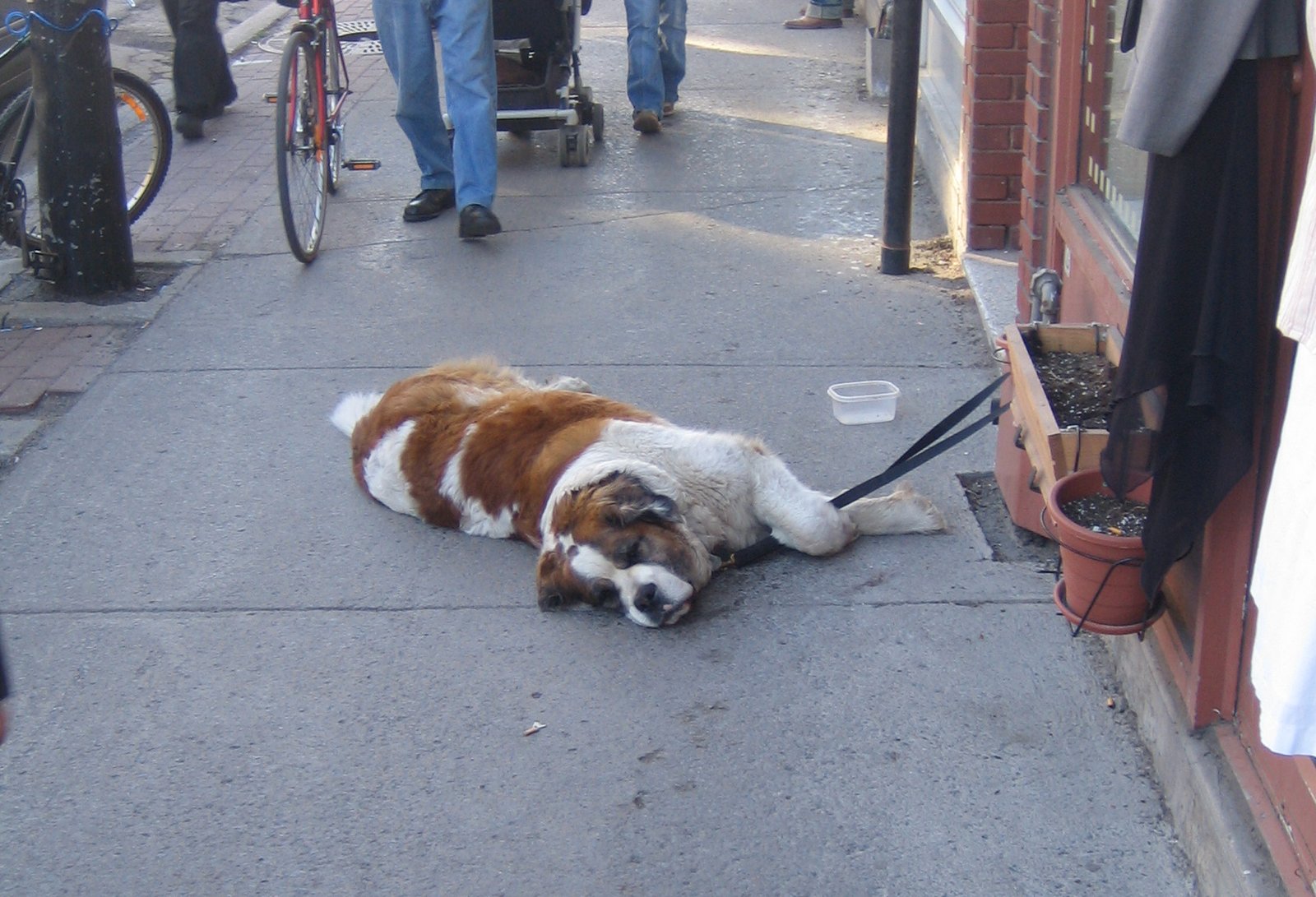
Saint Bernards are famous for their role in rescue missions, particularly in the Swiss Alps. Known for their kind and peaceful nature, these dogs are more likely to drool on you than deter an intruder. Their calm demeanor and affectionate disposition make them wonderful companions. However, if you’re looking for a fierce protector, their laid-back attitude might not be what you need. Saint Bernards are more about offering warmth and comfort than being alert watchdogs.
3. Great Dane
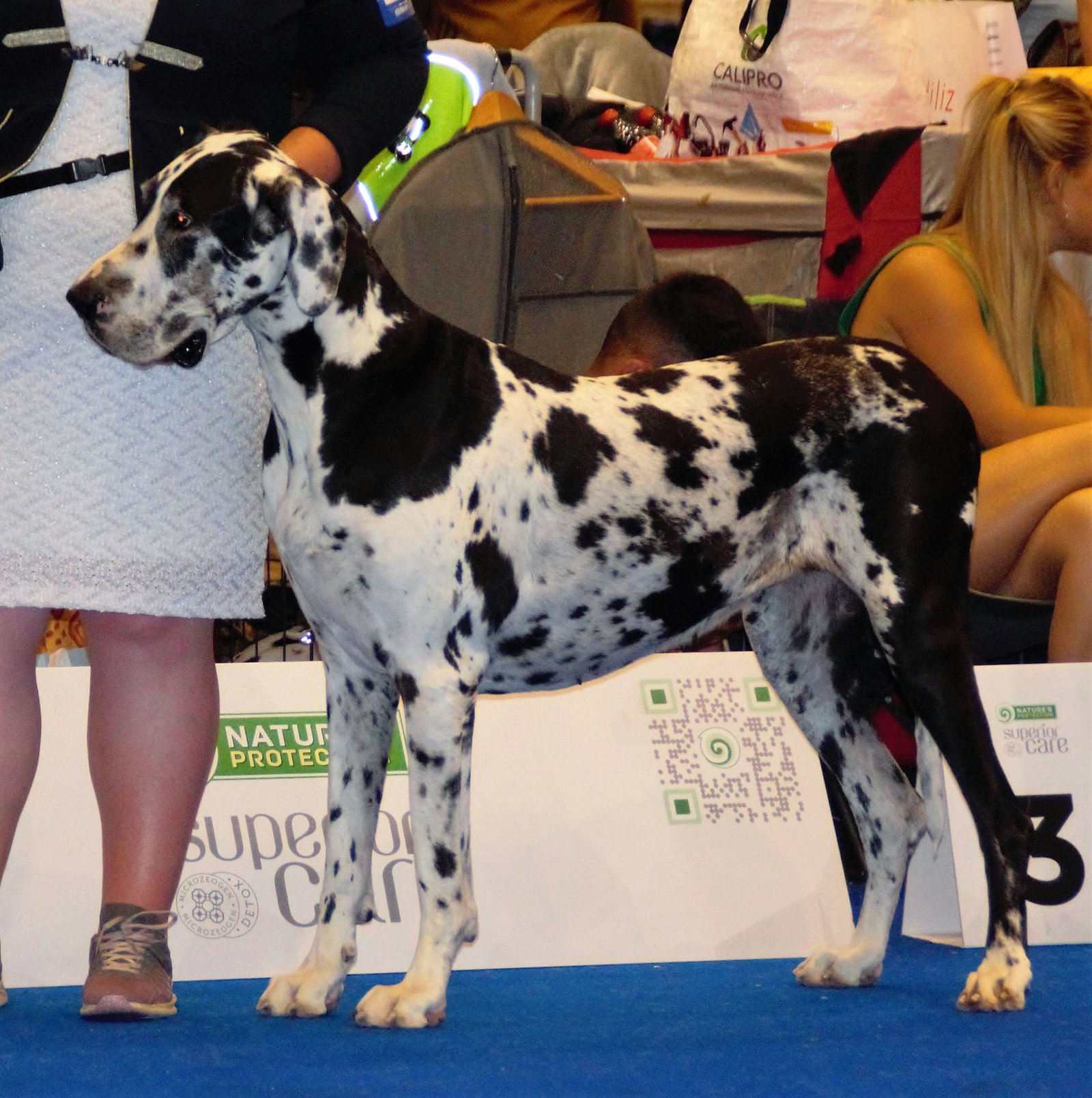
Though the Great Dane’s size can be quite imposing, their temperament is typically gentle and sociable. Often referred to as the “Apollo of dogs,” they are known for their gentle giant persona. Great Danes are affectionate and friendly, thriving on human companionship. While they may look intimidating, their welcoming nature often overrides any instinct to guard. If you’re looking for an affectionate sidekick rather than a vigilant sentry, the Great Dane is a great choice.
4. Irish Wolfhound
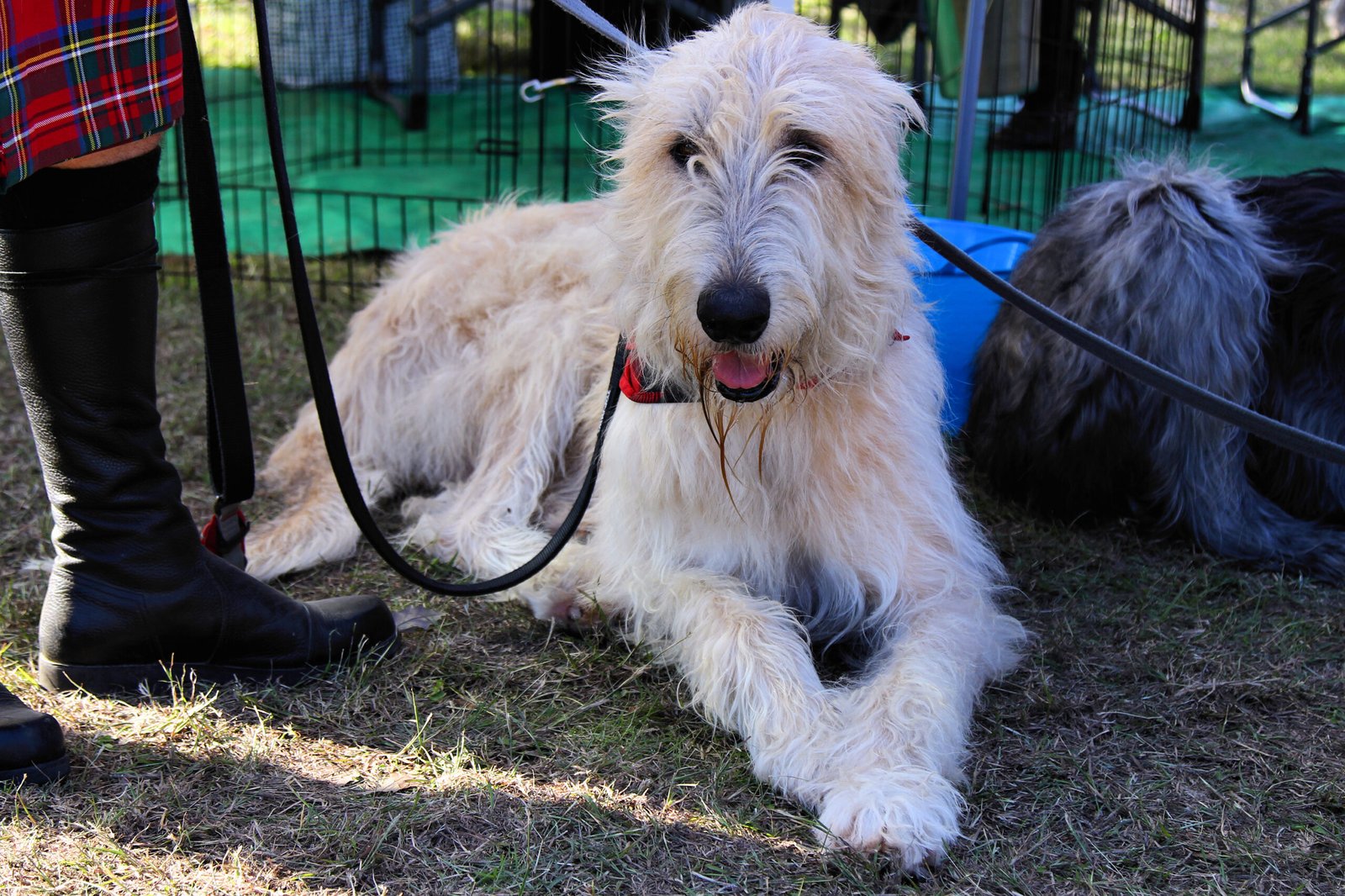
The Irish Wolfhound is one of the tallest dog breeds, and their size can be quite awe-inspiring. Despite their imposing stature, they are known for their gentle and friendly nature. These dogs were originally bred for hunting, not guarding. As a result, they are more likely to be peaceful and reserved rather than protective. Their calm and serene demeanor makes them excellent companions but not effective guard dogs.
5. Bernese Mountain Dog
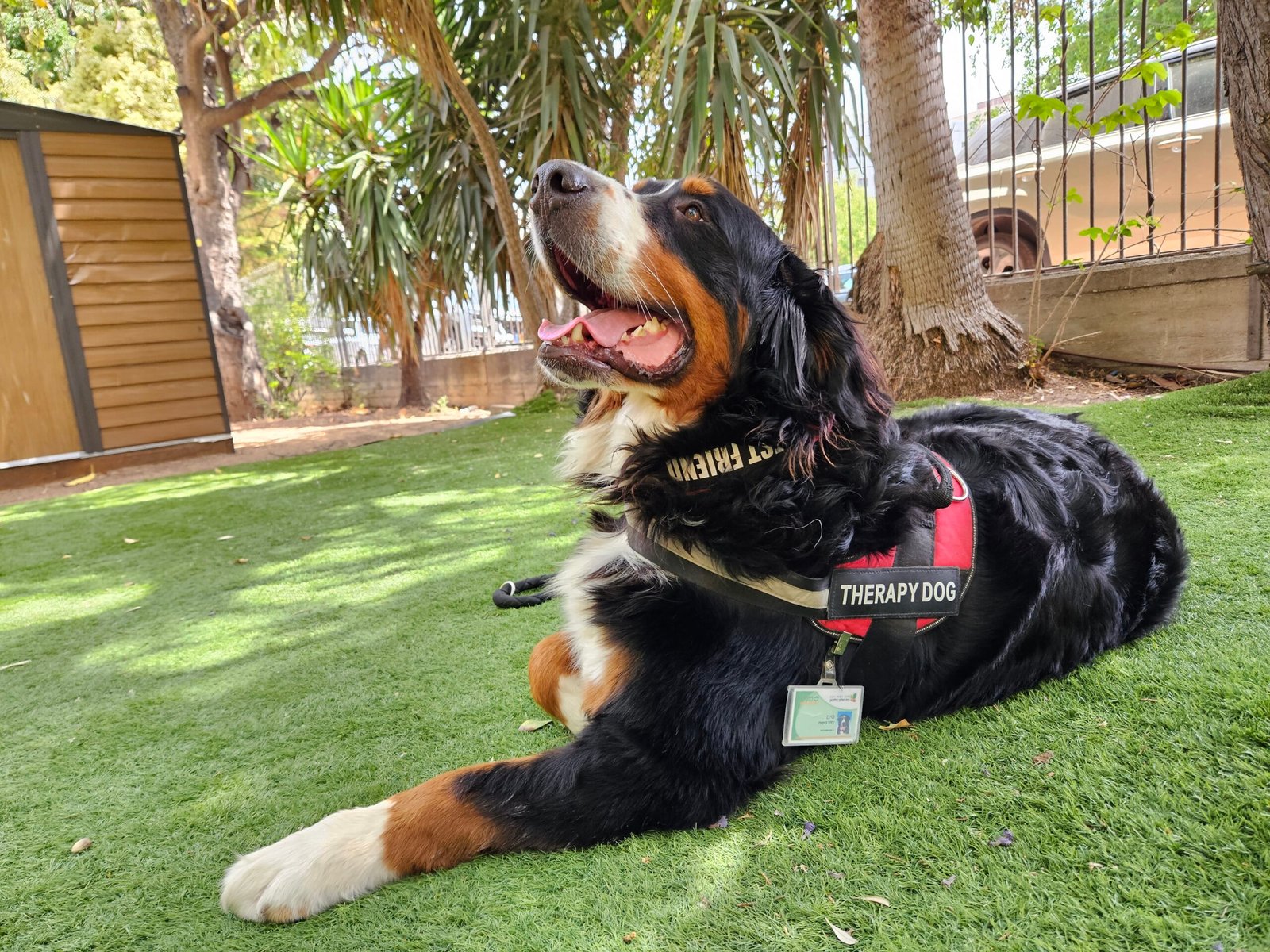
Bernese Mountain Dogs are known for their striking tri-color coats and friendly disposition. They were bred as farm dogs capable of pulling carts, not as guard dogs. Their temperament is generally calm, good-natured, and affectionate, especially with children. While they may bark to alert you to someone’s presence, they are more inclined to welcome guests with a wagging tail. If you’re looking for a dog that will stand guard, the Bernese Mountain Dog may not be the best choice.
6. Mastiff
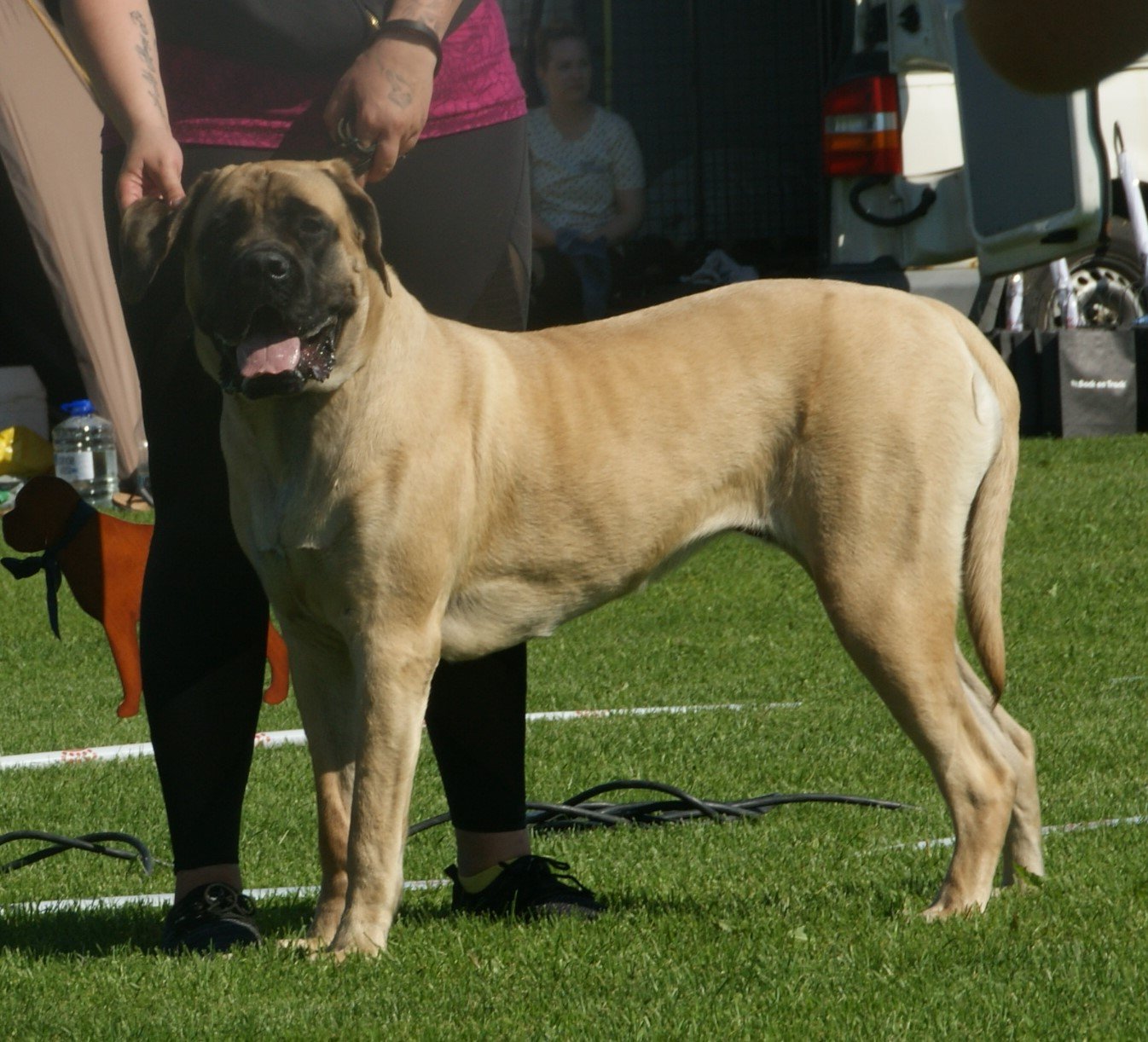
Mastiffs are undeniably large and strong, but their temperament may surprise you. Known for their affectionate and gentle nature, they are more likely to befriend than confront. They are often laid-back and loving, preferring snuggles over standoffs. While their deep bark can be intimidating, their calm demeanor often makes them more of a deterrent than a true guard dog. Mastiffs are more about companionship than confrontation.
7. Leonberger
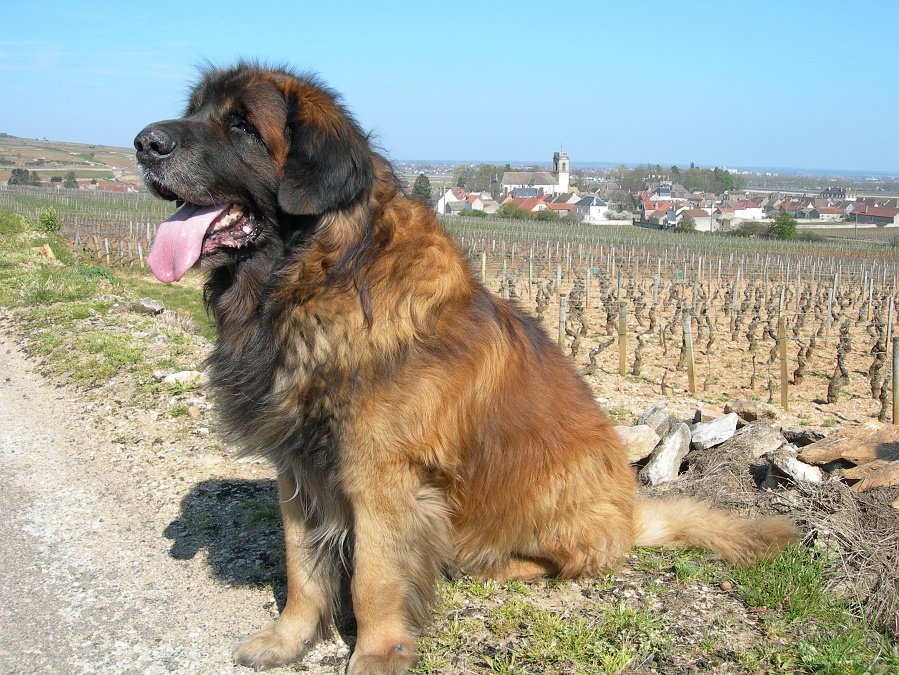
Leonbergers are known for their majestic appearance and friendly nature. These dogs were bred to be companions and working dogs, not guard dogs. Their temperament is generally gentle and sociable, making them excellent family pets. Leonbergers are more likely to greet a stranger with enthusiasm rather than suspicion. If you’re looking for a loyal and loving companion, they are perfect, but as a guard dog, they might not meet your needs.
8. Scottish Deerhound
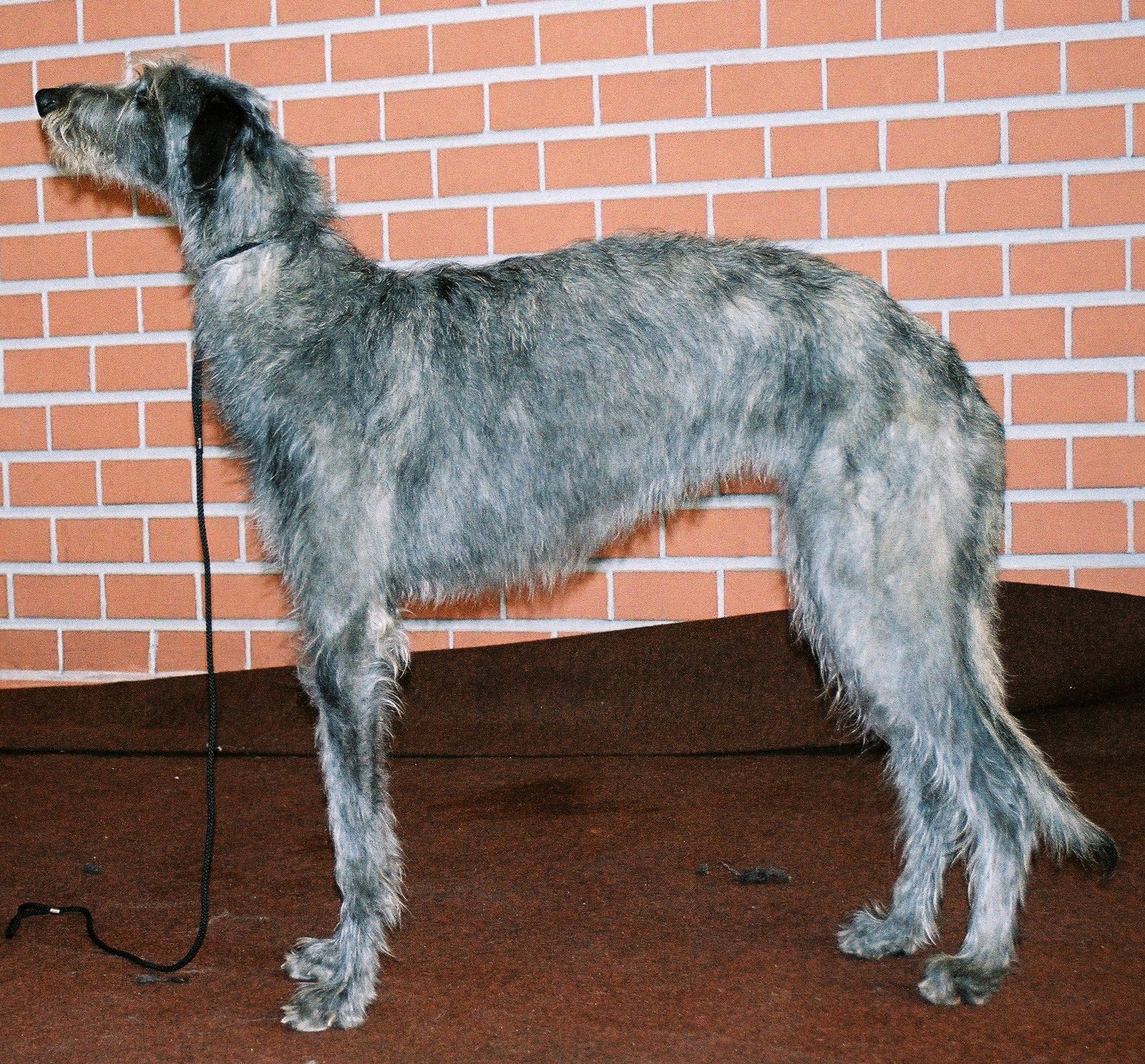
The Scottish Deerhound is a graceful and elegant breed, known for its gentle and friendly personality. While their size can be quite imposing, they are not known for being protective or territorial. These dogs are more likely to relax in the company of strangers than to guard against them. Their calm and laid-back nature makes them wonderful companions but not effective watchdogs. If you’re seeking a dog for protection, the Scottish Deerhound may not be the right fit.
9. Bloodhound
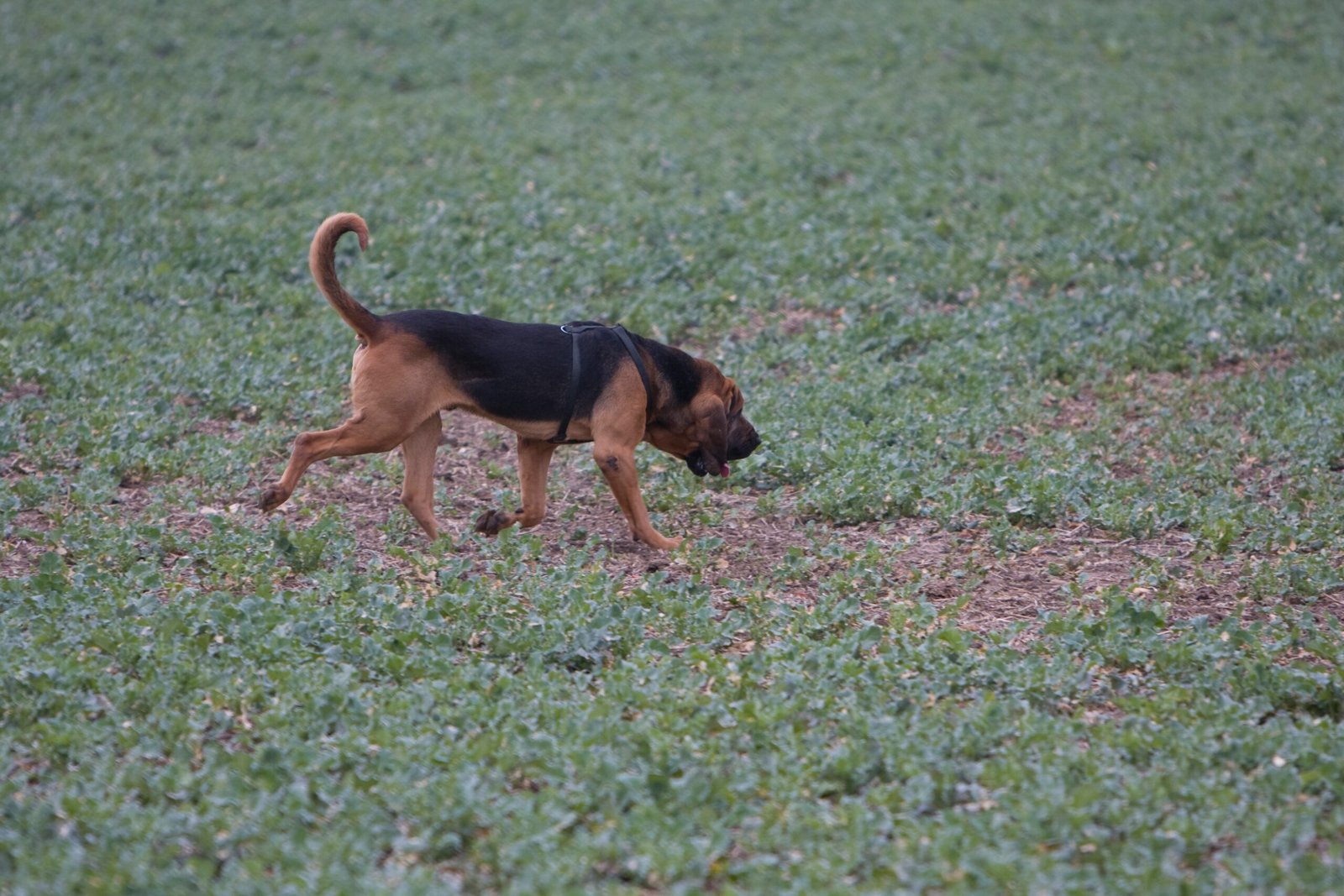
Bloodhounds are famous for their exceptional scent-tracking abilities, but they are not known for being protective. Their temperament is generally gentle, friendly, and curious. These dogs are more interested in following a scent than guarding a home. While they may bark to alert you, their friendly nature often leads them to greet everyone with enthusiasm. If you need a guard dog, the Bloodhound’s amiable demeanor might not be suitable.
10. Great Pyrenees
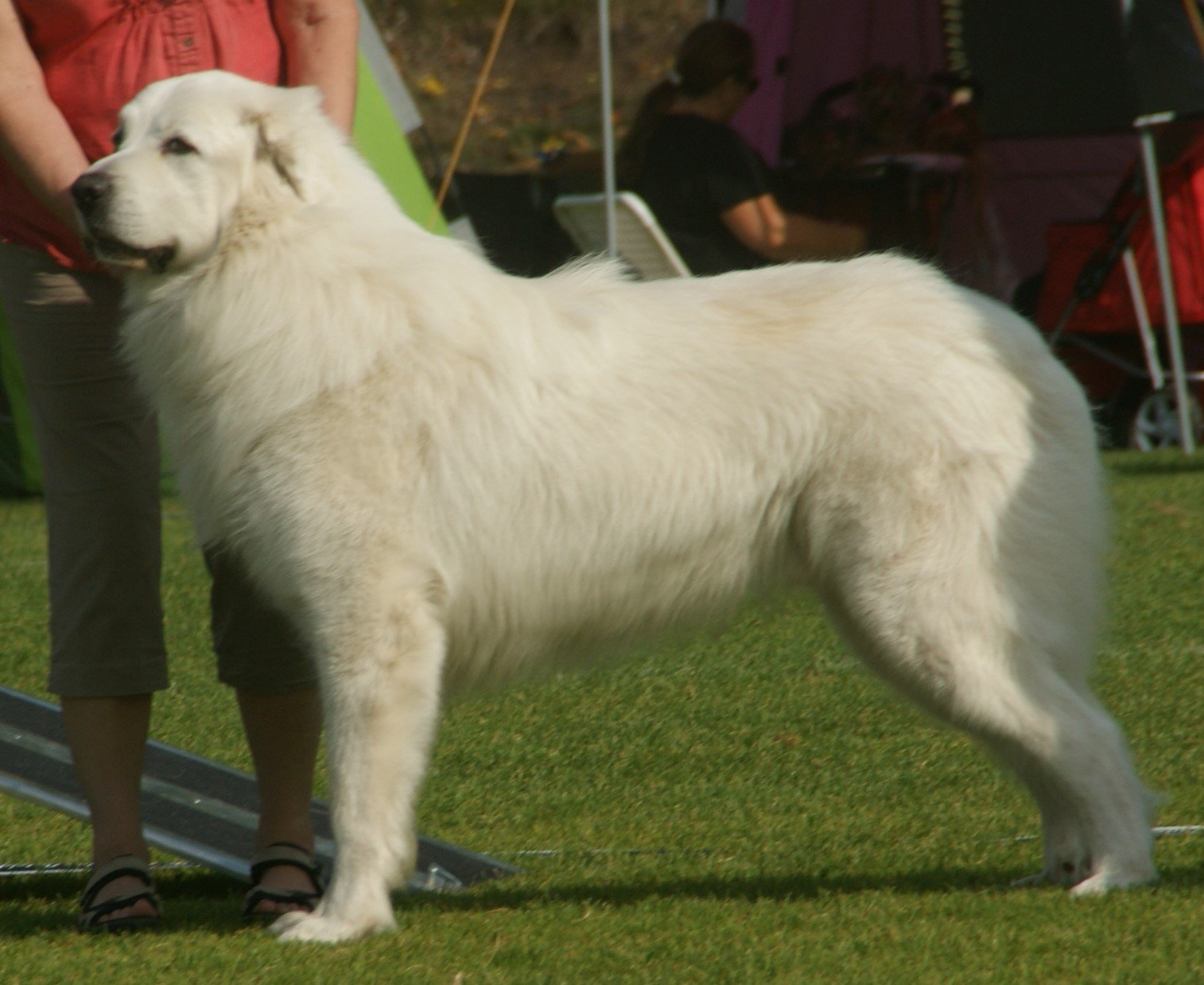
The Great Pyrenees is a majestic and gentle breed, known for its calm and patient nature. While they were historically used to guard livestock, their temperament is generally more serene than aggressive. These dogs are more likely to bark as a warning, but they are not known for being confrontational. Their loving and gentle nature makes them excellent companions, but if you’re looking for a dog that will actively guard your home, the Great Pyrenees might not be the best choice.
In conclusion, while these large dog breeds are lovable and make wonderful companions, they may not be the best choice if you’re specifically looking for a guard dog. Their gentle and friendly nature often outweighs any instinct to protect. When choosing a dog, it’s important to consider their temperament and not just their size.

Andrew Alpin from India is the Brand Manager of Doggo digest. Andrew is an experienced content specialist and social media manager with a passion for writing. His forte includes health and wellness, Travel, Animals, and Nature. A nature nomad, Andrew is obsessed with mountains and loves high-altitude trekking. He has been on several Himalayan treks in India including the Everest Base Camp in Nepal.

